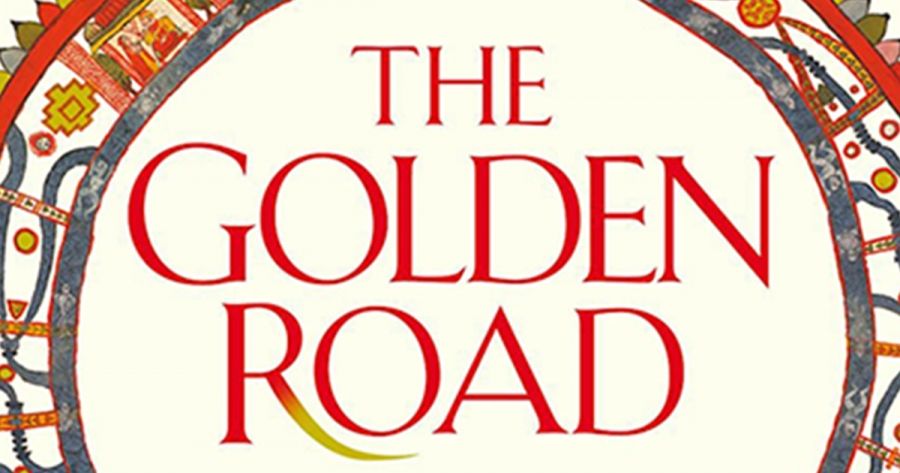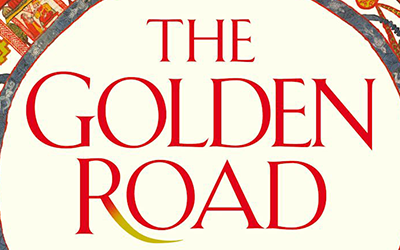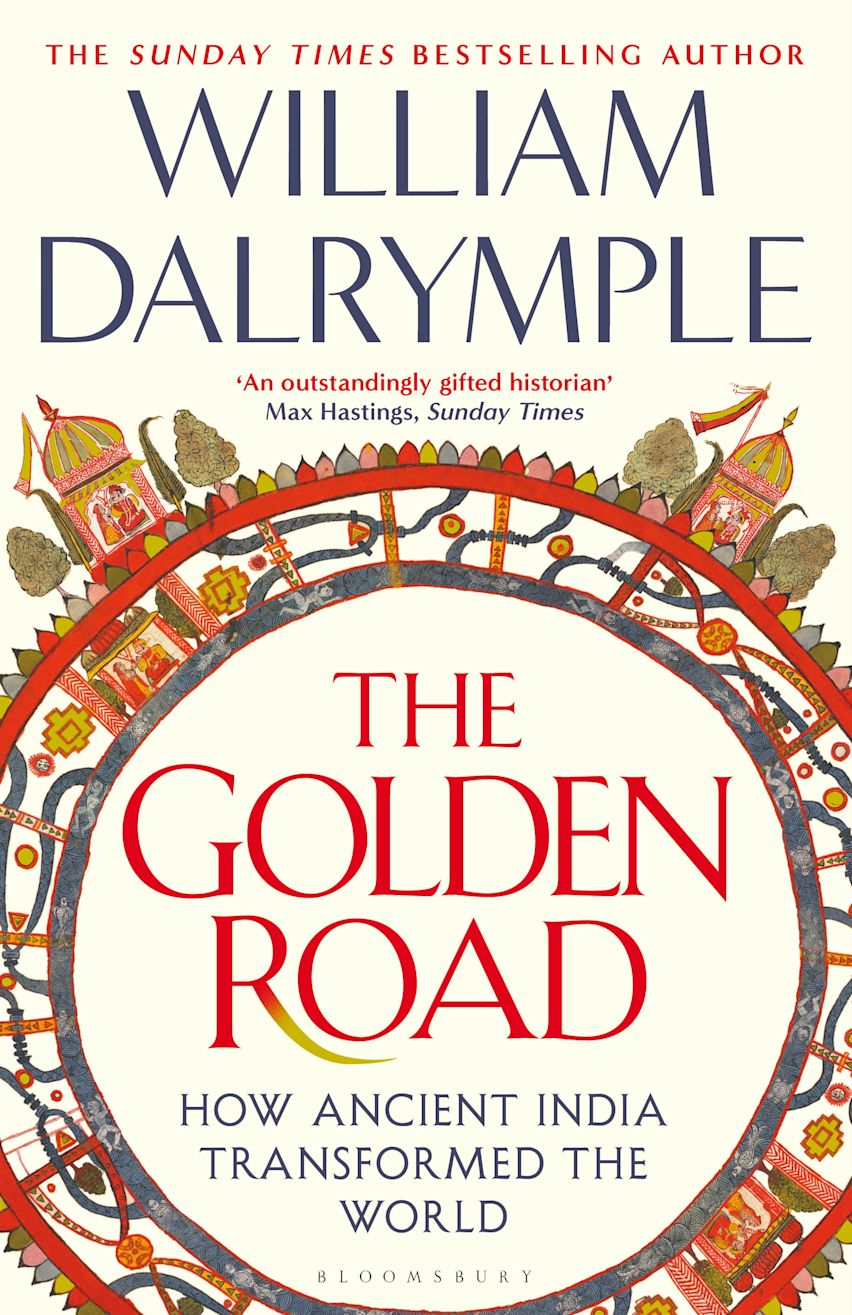
- Free Article: No
- Contents Category: India
- Review Article: Yes
- Article Title: Indic ideas
- Article Subtitle: A journey across the globe
- Online Only: No
- Custom Highlight Text:
William Dalrymple’s tour de force avoids all the pit-falls of superpower competition, identity politics, and over-simplification, but nonetheless places Indian cultural and economic achievements at the centre of the changing worlds of the West and Asia from c.250 bce to 1200 ce. The Golden Road: How Ancient India transformed the world explains how and why Indian influence in China reached a high-water mark ‘never to be reached again’ during the reign of Empress Wu Zetian (the Fifth Concubine), who died at the age of eighty-one in 705 ce, having ruled China for some fifty years.
- Featured Image (400px * 250px):

- Alt Tag (Featured Image): Marika Vicziany reviews ‘The Golden Road: How ancient India transformed the world’ by William Dalrymple
- Book 1 Title: The Golden Road
- Book 1 Subtitle: How ancient India transformed the world
- Book 1 Biblio: Bloomsbury, $39.99 pb, 479 pp
- Book 1 Cover Small (400 x 600):

- Book 1 Cover (800 x 1200):

- Book 1 Readings Link: https://www.readings.com.au/product/9781408864425/the-golden-road--william-dalrymple--2024--9781408864425#rac:jokjjzr6ly9m
As Buddhism in India declined, not only did Buddhist culture spread to the rest of Asia but this was quickly followed by Hindu ideas that had emerged in India as part of a counter-revolution to the egalitarian ideals of Buddhism. As with Buddhism, trade, spiritual enlightenment, and gold all played a part in the dissemination of Hindu ideas and styles, perhaps most dramatically expressed in the vast city of Angkor Wat in Cambodia. Angkor celebrates the cultural amalgam of Buddhism, Hinduism, and local animistic beliefs at a time when political rulers were increasingly attracted to Hindu notions of kingship while ordinary folk found solace in Buddhist salvation. The complex pantheon of animism was, however, never displaced.
The Golden Road is not about the ‘Indianisation’ of the world or the rise and fall of Indian empires in Asia. Such nationalist stereotypes ignore the fact that modern political boundaries and narrow national identities are inventions of the past few hundred years – something that Dalrymple avoids by showing how local cultures responded to the arrival of new ideas and reinvented their own traditions to accommodate new ideas and rituals. In passing, he notes that many other Indian values were not transferred – notably the low status of women.
Parallel to the story of Buddhism and Hinduism is the equally compelling account of gold as the essential currency of international trade and wealth. Dalrymple explains how India became the ‘sink of the world’s precious metals’ in the period c.250 bce to 1200 ce. India’s role in international trade was so important that the Romans (in the second century bce) set up trading cities such as the port of Arikamedu, south of modern Puducherry in India. With the decline of the Roman Empire, gold supplies from the West were increasingly replaced by new gold supplies from mainland and Southeast Asia. The golden wealth of Thailand, Sumatra, Borneo, and Malaysia is a largely untold story. Indian thirst for gold created new seaborne trading links with the East and eventually China. As is true of many facets of this book, the essential role of gold speaks to not only the past but also the present. Gold may no longer be the world’s chief currency, but within India it remains a massive store of wealth for the rich and the poor. In 2023, for example, the Tirupati temple in India (one of the world’s richest) received more than 1,000 kilos of gold as donations, in addition to holding more than 11,000 kilos in Indian banks.
The famous gold hoard of Tilya Tepe (Bagram, forty kilometres north of Kabul, c.100 bce) illustrates that gold was not only a medium of exchange but the most precious form of personal and domestic ornamentation. Dalrymple’s discussion of this site allows him to introduce the Kushans, who ruled the region, having moved south and west of China, where they were known as the formidable nomadic Yuezhi. In this way, The Golden Road is a counterpoint to narratives about the Silk Road, but in a manner that does not displace the importance of overland trade, while asserting the dominance of sea routes in the Indic world or ‘Indosphere’. Kushan culture eventually blended tribal, Greek, and Buddhist ideals.
Another hallmark of the author’s expertise and adventurous nature is demonstrated by his visit in 2021 to the site of Mes Aynak (forty kilometres south of Kabul), despite the re-emerging power of the Taliban. In accompanying French archaeologists to this site, Dalrymple again demonstrates his attraction to multiple sources of original and secondary information, ranging from the Bodleian Library in Oxford to Afghanistan, China, and beyond. It is not surprising that some of the most engaging parts of this book deal with the extraordinary life and accomplishments of two great scholar-adventurers: Kumarajiva (who died in 413 ce) and Xuanzang (664 ce). How each of them risked their lives to assert their independence from state control as they searched for spiritual enlightenment makes for breathless reading, thanks to Dalrymple’s evocative prose. Kumarajiva’s mother was a Chinese Princess from Kucha and his father was a Brahmin Indian minister at that court – Indic influences in Asia were often reflected in mixed marriages such as this.
Xuanzang’s epic journey by foot to India and back to China was driven by his missionary zeal to obtain copies and translations of the classical Buddhist texts in Sanskrit. Xuanzang’s five years of study at Nalanda (Bihar, India) began with an emotional reception by the head of the monastery in which ‘the most accomplished Chinese scholar of his day entered the hallowed portals of Nalanda on his knees’. The vast library of Nalanda was a nine-storey structure that housed thousands of important documents about the major intellectual discoveries of the pre-modern world. Sanskrit was not only a hallowed language but also the lingua franca of the kings and traders of the Indic world over hundreds of years. Astronomy and mathematics were among the books that the thousands of resident monks living at the Nalanda monastery were allowed to borrow. The final chapters of The Golden Road explore the mathematics that led to the discovery of the notion of zero and the misnamed ‘Arabic numerals’ that were in fact of Indian origin.
In its scope, detail, and willingness to generalise in a manner that reflects the extensive empirical sources used by Dalrymple, The Golden Road is a worthy companion to the much-admired Arthur Llewellyn Basham’s Wonder That Was India (1954). Basham’s unique study also ends circa 1250, but, unlike Basham, Dalrymple picks up the Indic story with the birth of Buddhism, rather than reaching back into the era of the Indus Civilisation (c.3,000-1,500 bce). This truncated timeline, however, is more than compensated by Dalrymple’s focus on the sustainability and reinvention of Indic ideas in the wider world. The Golden Road is an ambitious, challenging, and enjoyable journey that reconnects us to much that we have forgotten in a contemporary world driven by great power rivalry.


Comments powered by CComment